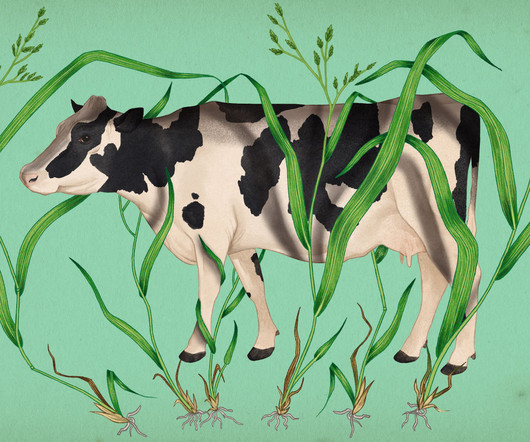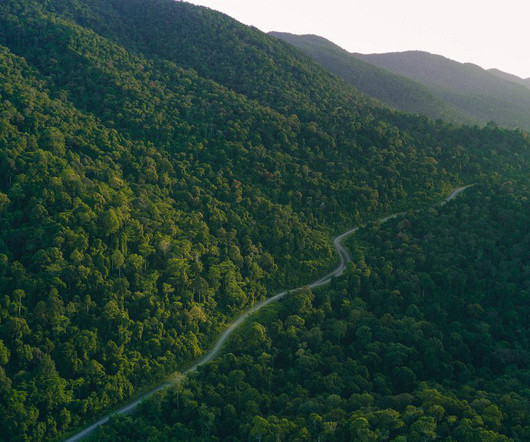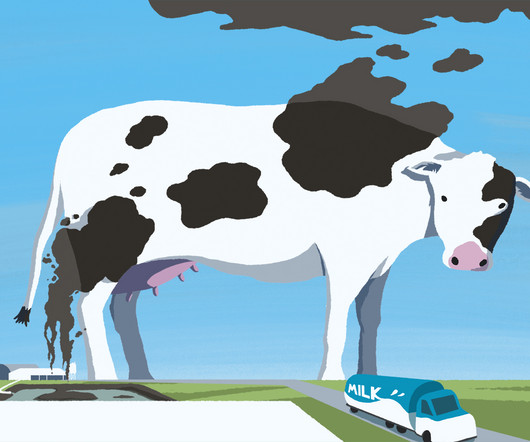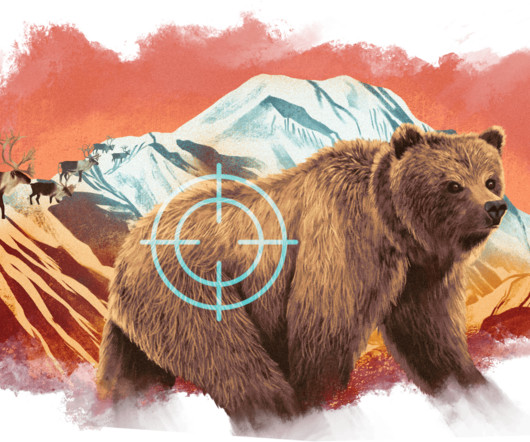This grass has toxic effects on US livestock, and it’s spreading
Grist
MARCH 27, 2024
This story was produced in collaboration with the Food & Environment Reporting Network , a nonprofit news organization. Farmers learned to live with the health impacts of the toxic version, and today it remains the primary pasture grass across 37 million acres of farmland. It’s a longstanding problem, and it’s spreading.
















Let's personalize your content